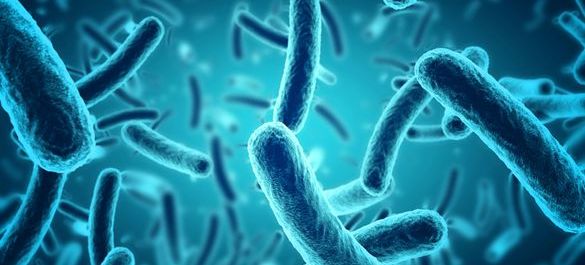What are Bacteria?
Bacteria are microbes with a much simpler cell structure than many other organisms, but they are by no means simple. The more scientists look, the more they understand about how complex bacteria are. They are genetically versatile and are adapting and evolving much more rapidly than any human or animal. They are found in every habitat on Earth: soil, rock, oceans and even arctic snow. Some live in or on other organisms including plants and animals including humans.
Bacteria can be pathogenic and cause disease in humans. As of 2021, 1,513 bacterial pathogens have been described[1]. Despite this large number, scientists estimate that pathogens make up less than 7% of all described bacterial species[2]. In fact, bacteria play important roles in the functioning of the human body, aiding with digestion and immunity. You may have heard that bacteria outnumber human cells by 10:1 this is actually a myth, and the ratio is closer to 1:1 between bacterial cells (39 trillion) than human cells (30 trillion)[3].
Image: iStock/ClaudioVentrella
[1] Bartlett A, Padfield D, Lear L, Bendall R, Vos M. A comprehensive list of bacterial pathogens infecting humans. Microbiology. 2022 Dec 9;168(12):001269.
[2] Vos M. How many bacterial pathogens are there? [Internet]. microbiologysociety.org. Microbiology Society; 2022 [cited 2024 Jun 17]. Available from: https://microbiologysociety.org/blog/how-many-bacterial-pathogens-are-there.html
[3] Sender R, Fuchs S, Milo R. Revised estimates for the number of human and bacteria cells in the body. PLoS biology. 2016 Aug 19;14(8):e1002533.

